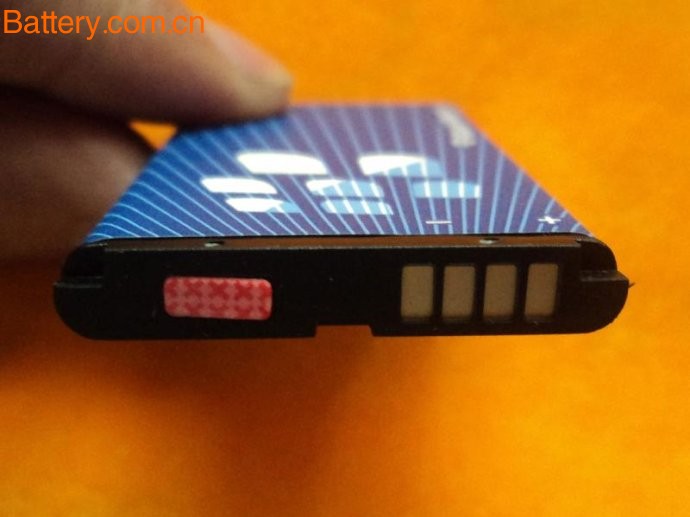Why does the smartphone development encounter bottleneck battery become a manufacturer nightmare?
From the Samsung Note 7 continuous explosion, to the recent large-scale automatic shutdown of the Apple iPhone 6S, the world's two largest smartphone companies have been on the battery issue. Smartphones are increasingly exposing a short board—battery technology—on the screen, motherboard, and computing speeds, and this may be a difficult problem to overcome in a year or two. Small battery tripping technology giant Although so far, Samsung has not explicitly announced the specific reasons for the explosion of Note 7, but the truth is not far from the outside guess. Samsung has added many new technologies such as stylus, frameless display, iris recognition, etc. to Note 7 and grabbed the market before Apple's new iPhone, but ignored the battery safety performance. In order to meet the user's need for longer battery life, Samsung increased the battery capacity of Note 7 from 3000 mAh to 3500 mAh in Note 5, the battery volume has become smaller, and the fast charging function has been added, which puts forward the manufacturing process and technology of the battery. test. In a statement issued by Samsung, Samsung said: "We learned from the investigation that there is an isolated problem with the battery cells. When the positive and negative terminals of the battery come into contact, the battery cells will overheat. This is due to very rare manufacturing process problems. " In contrast, Apple is relatively conservative in smartphone battery upgrades. The iPhone 6S has a battery capacity of only 1715 mAh, and the iPhone 6S Plus is only 2,750 mAh, but this does not prevent the iPhone from having problems with the battery. The recent large-scale iPhone 6S automatic shutdown event eventually forced them to make a move to replace Chinese mobile phone batteries. In fact, the headaches encountered with lithium batteries are not unique to the smartphone industry. It can be said that the safety and reliability of lithium batteries have become the sword of Damocles of many technology giants. At present, no technology company in the world can guarantee the safety of lithium batteries 100%. It is not a small number of recalls due to battery defects after the new products are put on the market. As early as 2006, Dell recalled 4 million laptops due to battery problems; at the end of 2015, the electric cars manufactured by technology giant Tesla caused the burning of the whole vehicle due to the spontaneous combustion of lithium batteries. In April of this year, Toshiba Corporation of Japan recalled 100,000 products due to defects in the lithium battery of its notebook computer. Cell phone battery development encounters bottleneck How to produce a more durable and safer battery has gradually become a difficult problem to be solved in the smart phone industry. According to a report released by IT consulting services company Deloitte, mobile phone battery life will become a key factor affecting consumers' choice to purchase mobile phones. In the past two years, the emergence of fast charging technology has solved the problem of long charging time of mobile phones. However, in terms of battery life and safety, the improvement is still small. As the functions of smart phones become more and more comprehensive, users' performance requirements for batteries will become higher and higher, but the current technology still has no way to fully meet the needs of users. The technology research and development of mobile phone batteries is encountering bottlenecks. The problem lies in the lithium battery's own properties. Lithium is the lightest metal on the planet, and its ability to carry electrons is even better. At the same time, the excessively active lithium is also likely to lead to safety problems, low energy density, and high storage cost. Researchers are trying to solve this problem with new materials and structures. Last year, Apple applied for two new patents, called "Fuel Cell System for Portable Computing Devices," and "Coupling of Portable Computing Device Fuel Cell Systems." In terms of name, the two patents suggest that Apple may be studying the use of fuel cell technology to solve the battery life of its iPhone, iPad and Macbook computers. Stanford University is developing a film. After this film treatment, the total amount of energy stored in a lithium battery is about five times that of a lithium battery of the same quality. Huawei introduces the industry's first high-temperature long-life graphene-based lithium-ion battery Graphene battery brings hope In addition, scientists are constantly discovering new battery materials that can increase the battery's own endurance, with graphene being the most representative. Graphene is better than metal copper, and has light weight and large surface area. It is an ideal material for developing large-capacity batteries, and it has both strength and flexibility. Not long ago, Huawei Watt Lab announced that Huawei has achieved major research breakthroughs in the field of lithium-ion batteries, and will launch the industry's first high-temperature long-life graphene-based lithium-ion battery. With the new high-temperature technology, this battery can increase the upper limit of the lithium-ion battery and the service life is twice that of ordinary lithium-ion batteries. However, at present, Huawei's graphene-based batteries are mainly used in the energy storage business of communication base stations, as well as in the fields of electric vehicles and drones. It is not clear when to use them on smartphones. Mobile phone batteries have to make a breakthrough, and obviously there is still a long way to go. In the short term, there are still only ways to reduce hardware power consumption and shorten charging time to meet the growing demand for mobile phone batteries. Plastic Extrusion Line,Pipe Vacuum Tank,Plastic Pipe Vacuum Tank,Hdpe Plastic Pipe Extrusion Line RECTO MACHINERY CO., LTD RICO (NINGBO) IMP & EXP CO., LTD , https://www.recto-rico.com